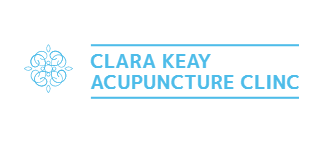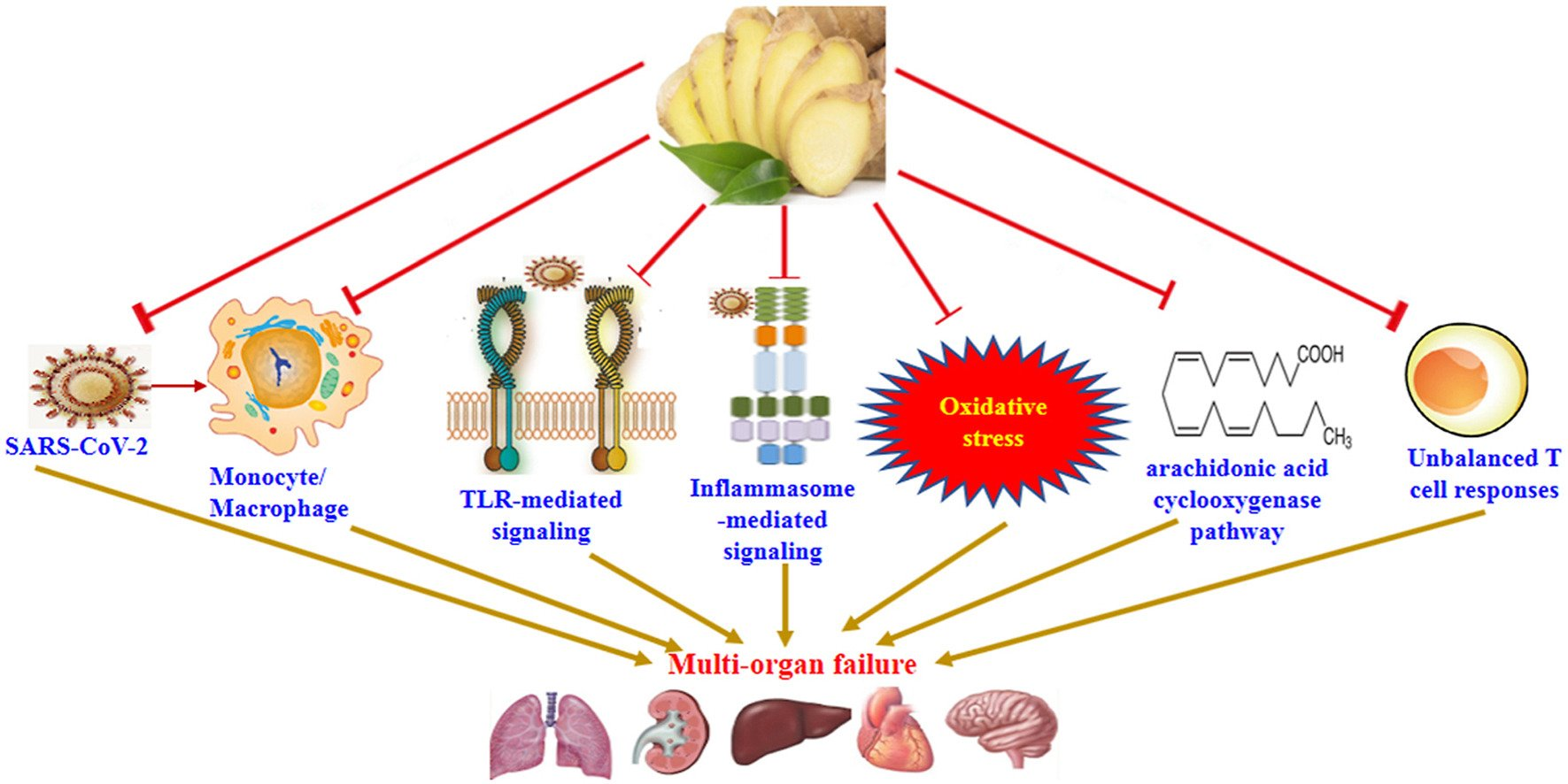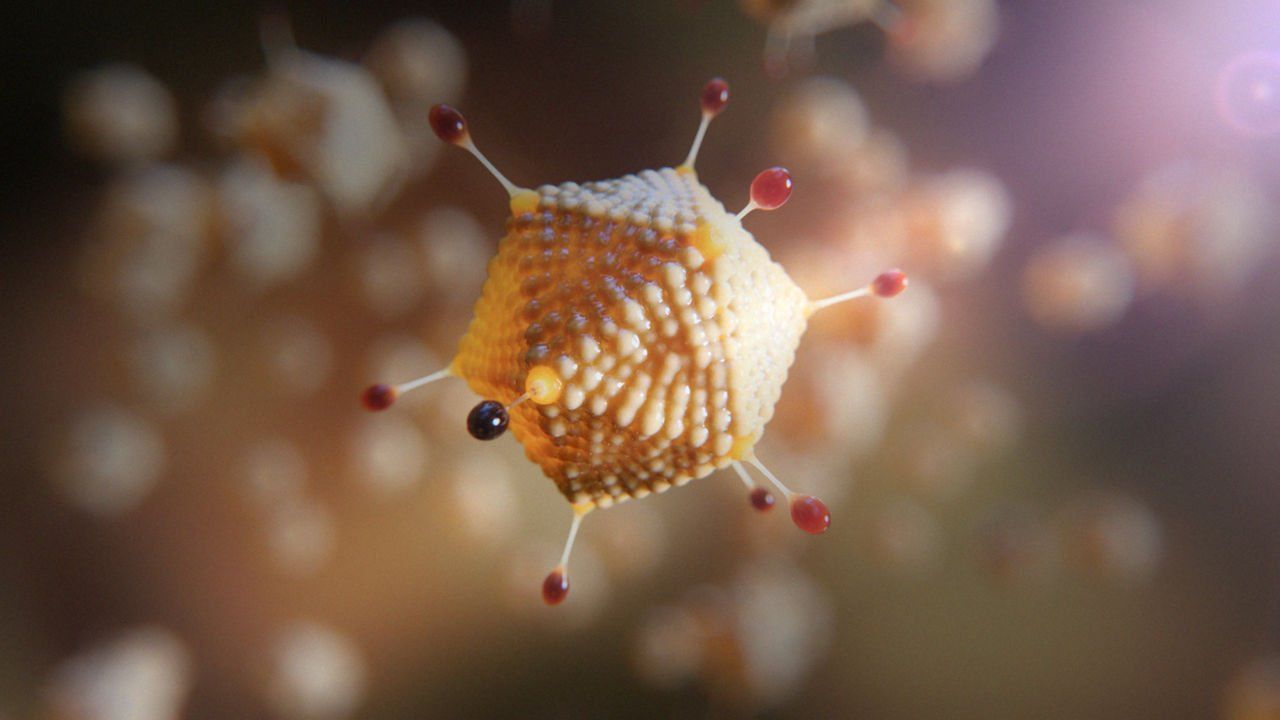Randomized controlled trials for treatment of 30 cases of ordinary psoriasis by acupuncture and moxibustion
Admin • 26 November 2020
Acupuncture in combination with Chinese herbs
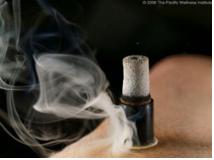
Eighty patients with psoriasis were treated with acupuncture in combination with Chinese herbs. Acupoints were Dazhui (GV 14), Feishu (BL 13), Quchi (LI 11), Hegu (LI 4), Xuehai (SP 10) and Sanyinjiao (SP 6). In the case of blood-heat type, the medicinal principle was clearing away heat and removing toxic substance. In the case of blood-dryness type, the medicinal principle was enriching the blood and moistenting the skin. The total effective rate was 91.3% after 5-course’s treatments.
OBJECTIVE:
To observe the therapeutic effect of acu-moxibustion for ordinary psoriasis, so as to find a better curative method for it.
METHODS:
A total of 60 cases of psoriasis were equally randomized into medication group[(8. 67 - 6. 53) months in duration of disease, (39. 25+/- 10. 21) years in age] and acu-moxibustion group [(9. 16 7. 37) months in duration of disease, and (37. 38 +/- 11. 36) years in age] according to a random number table. For patients of acu-moxibustion group, main acupoints used were Feishu (BL13), Geshu (BL17), Ganshu (BL18), Pishu (BL 20) and Shenshu (BL 23), combined with other acupoints [Hegu (LI 4), Weizhong (BL 40), etc. ] according to the affected part of the body. Moxibustion was applied to Shenshu (BL 23) and the injured skin area for about 3 min every time. Acu-moxibustion treatment was given once every other day continuously for 12 weeks. Patients of the medication group were treated with oral administration of Acitretin capsules (20 mg/d, for 12 weeks). The therapeutic effect was evaluated by using psoriasis area and severity index (PASI) scoring method. Results After the treatment, the integrative scores of PASI in both medication and acu-moxibustion groups decreased significantly (P<0. 01), and that of the acu-moxibustion group was significantly lower than that of the medication group (P<0. 05). Of the both 30 psoriasis patients in the medication and acu-moxibustion groups, 1 (3. 33%) and 4 (13. 33%) were cured basically, 15 (50. 00%) and 17 (56. 67%) were improved significantly, 12 (40. 00%) and 6 (20. 00%) were effective, and 2 (6. 67%) and 3 (10. 00%) invalid, with the effective rates being 93. 33% and 90. 00%, respectively. The cured plus markedly effective rate of the acu-moxibustion group was significantly higher than that of the medication group (P<0. 05).
CONCLUSION:
Acu-moxibustion therapy is effective in the treatment of psoriasis and is remarkably superior to that of medication.(Zhen Ci Yan Jiu. 2011 Feb;36(1):62-5. source; https://www.ncbi.nlm.nih.gov/pubmed/21585062)
Others
Eighty patients with psoriasis were treated with acupuncture in combination with Chinese herbs. Acupoints were Dazhui (GV 14), Feishu (BL 13), Quchi (LI 11), Hegu (LI 4), Xuehai (SP 10) and Sanyinjiao (SP 6). In the case of blood-heat type, the medicinal principle was clearing away heat and removing toxic substance. In the case of blood-dryness type, the medicinal principle was enriching the blood and moistenting the skin. The total effective rate was 91.3% after 5-course’s treatments
Source;Journal of Acupuncture and Tuina Science,February 2004, Volume 2, Issue 1, pp 16–17
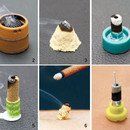
Effects of moxibustion for COVID-19 convalescence A protocol for systematic review and meta-analysis
Background: Coronavirus disease 2019 (COVID-19) is still spreading around the world. Moxibustion, as a significant therapy in traditional Chinese medicine (TCM), has been widely used to treat COVID-19, especially in recovery period. The study will aim to assess the efficacy and safety of moxibustion for COVID-19 convalescence. Methods: We will systematically search the relevant randomized controlled trials in the 7 databases from inception to February 2021, including PubMed, MEDLINE, Embase, Cochrane Clinical Trials Database, Web of Science, China National Knowledge Infrastructure and Chinese Biomedical Literature Database. No language and publication status restrictions will be applied. Two reviewers will independently conduct and screen all included studies and the meta-analysis will be performed with RevMan V5.3 (The Cochrane Collaboration, Oxford, England). Results: The study will provide a high-quality convincing assessment of the efficacy and safety of moxibustion for the treatment of COVID-19 convalescence, which will be published in a peer-reviewed journal. Conclusion: Our study will give more comprehensive evidence of the effectiveness of moxibustion for COVID-19 convalescence. Source: https://journals.lww.com/md-journal/Fulltext/2021/04090/Effects_of_moxibustion_for_COVID_19_convalescence_.72.aspx
